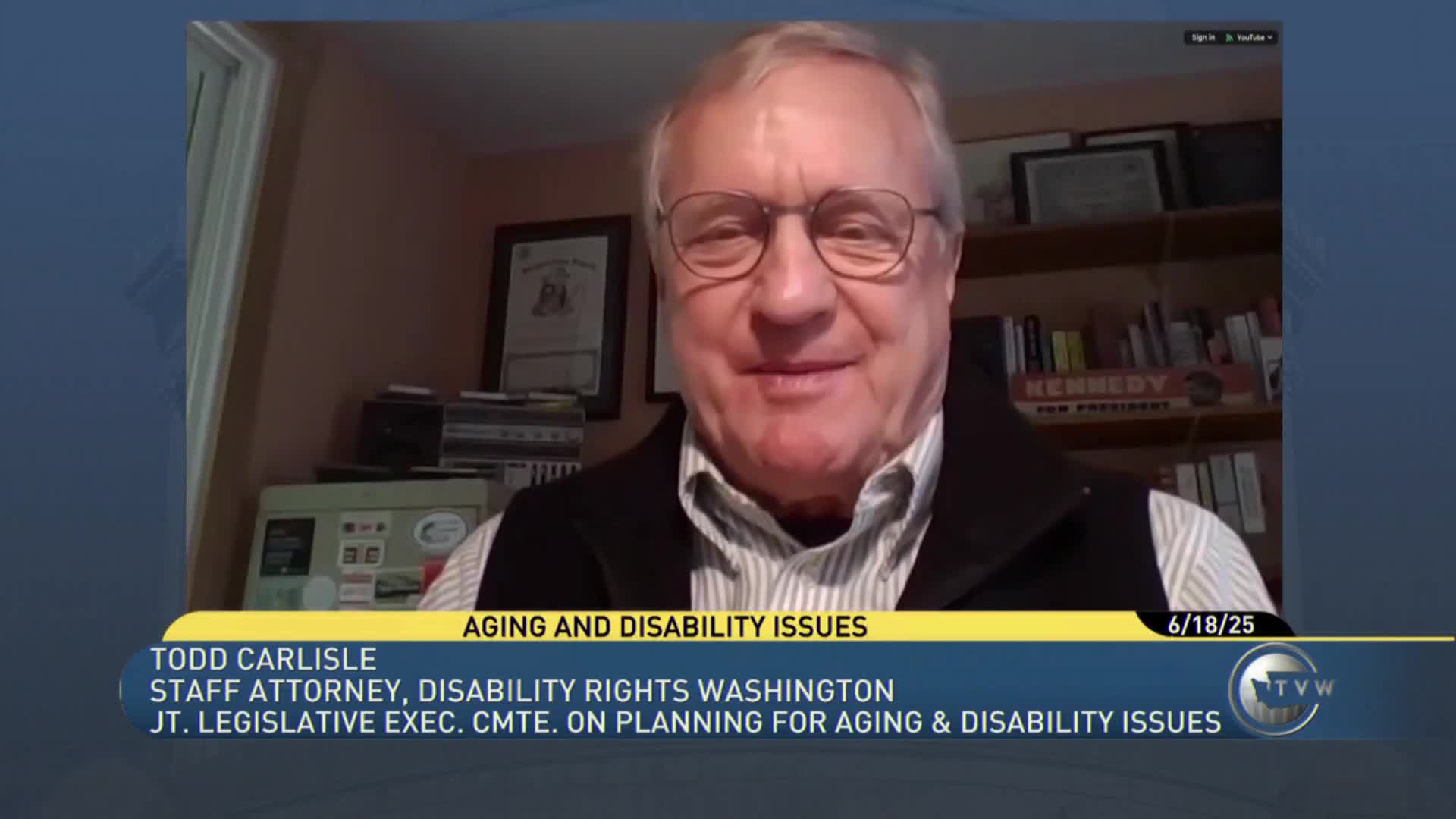Washington Healthcare Association addresses long term care challenges and workforce shortages
June 18, 2025 | Joint Legislative Executive Committee on Planning for Aging and Disability Issues, Joint, Work Groups & Task Forces, Legislative Sessions, Washington
Thanks to Scribe from Workplace AI , all articles about Washington are free for you to enjoy throughout 2025!

This article was created by AI using a video recording of the meeting. It summarizes the key points discussed, but for full details and context, please refer to the video of the full meeting. Link to Full Meeting
Lori St. Auer, Executive Vice President of Communications and Government Relations for the Washington Healthcare Association, opened the session by highlighting the critical role of skilled nursing and assisted living facilities. Celebrating its fortieth anniversary, the association represents a significant portion of the state's long-term care providers, emphasizing Washington's leadership in quality and access to care. St. Auer noted that the demographic served by assisted living facilities is predominantly older, with 72% of residents being female and many requiring extensive medical assistance.
The discussion quickly turned to the challenges facing these facilities, particularly the limited access to services and the growing number of younger, sicker clients with complex needs. St. Auer pointed out that while Medicaid access is improving in some areas, it remains insufficient in others, leading to increased private pay rates and financial strain on facilities. The need for equitable Medicaid funding was underscored as a crucial issue that the committee has been addressing.
Alyssa Odegaard, Vice President of Public Policy with LeadingAge Washington, followed St. Auer, shedding light on the workforce shortages plaguing the long-term care sector. She attributed these shortages to inadequate pay, challenging working conditions, and regulatory barriers that hinder recruitment and retention of staff. The high turnover rate among direct care workers poses a significant threat to the quality of care provided.
Odegaard also discussed the evolving needs of the population, noting a rise in clients with behavioral health issues and substance use disorders. This shift demands new care models that can accommodate these complex needs, yet current regulatory frameworks often limit flexibility. The committee was urged to consider innovative solutions, such as housing plus services models, which could help delay the need for long-term care and reduce hospital readmissions.
As the meeting progressed, the urgency of addressing funding constraints became apparent. Medicaid rates, which have not kept pace with rising costs, were identified as a primary barrier to providing adequate care. Stakeholders called for increased investment in the workforce and a reevaluation of the funding system to ensure timely Medicaid approvals and better support for facilities.
The discussions at this meeting reflect a critical moment for Washington's long-term care system. With an aging population and increasing complexity of care needs, the committee's actions in the coming months will be vital in shaping the future of care for vulnerable residents across the state. As stakeholders continue to advocate for necessary reforms, the hope remains that Washington can maintain its leadership in providing quality care while addressing the pressing challenges that lie ahead.
Converted from Joint Legislative Executive Committee on Planning for Aging and Disability Issues - 6/18/2025 10:00 AM meeting on June 18, 2025
Link to Full Meeting
Comments
View full meeting
This article is based on a recent meeting—watch the full video and explore the complete transcript for deeper insights into the discussion.
View full meeting
